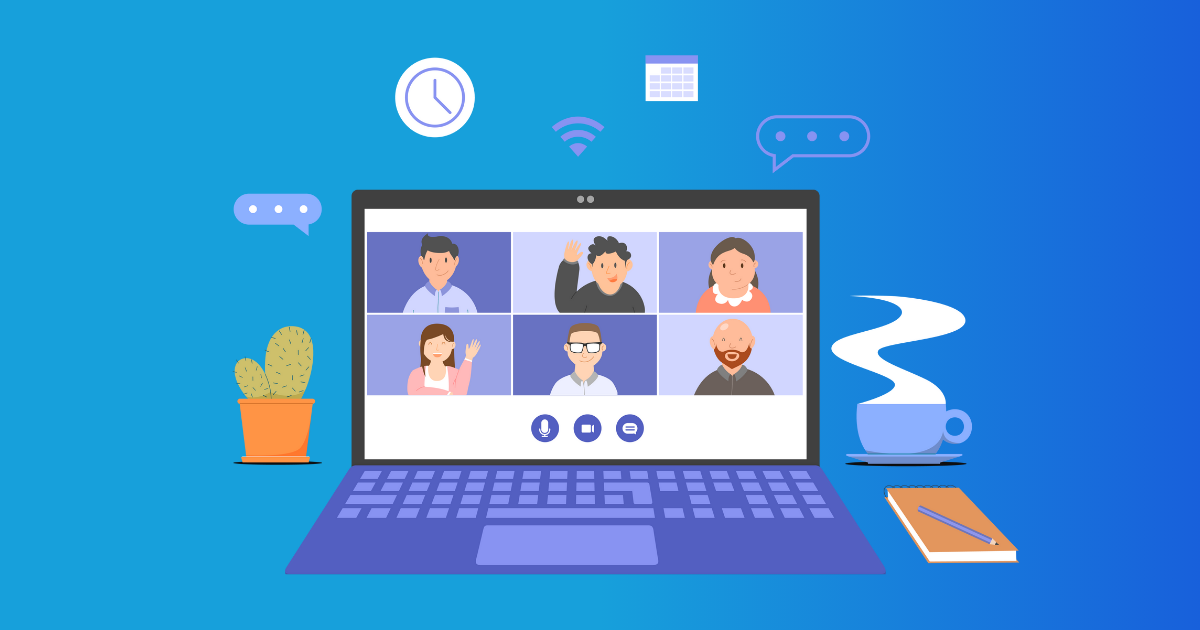Table of Contents
- Understanding User Roles in Jitsi
- What Are User Roles in Jitsi?
- Why Do Roles Matter?
- How to Manage Chat Rights in Jitsi: A Step-by-Step Guide
- Step 1: Identify the Moderator(s)
- Step 2: Assign Moderator Controls
- Step 3: Mute or Remove Users
- Step 4: Manage Chat Permissions
- Step 5: Control Video and Audio Access
- Step 6: Use Password Protection and Locked Rooms
- Real-World Use Cases of Jitsi Moderator Controls
- Case Study: Remote Classroom Management
- Case Study: Business Team Meeting
- Tips for Effective Use of Jitsi Moderator Controls
- Ensuring Security and Trustworthiness in Jitsi Meetings
- Summary: Managing Jitsi Chat Room User Permissions Made Easy
- Conclusion
Hey there! New to Jitsi and trying to figure out how to keep your chat room in check? Well, you’re in luck—this guide is all you need. It’s gonna walk you through the whole user role deal in Jitsi, how you can keep things under control as a moderator, and the nitty-gritty of managing those chat rights. Whether it’s a work meetup, a school session, or just catching up with friends, mastering these bits can really up your game. Let’s dive straight in.
Understanding User Roles in Jitsi
So, Jitsi’s this super easy, open-source tool where you can whip up a video chatroom in no time. But it’s not just about clicking ‘join’—it’s about knowing who gets to do what once you’re in. Jitsi’s set with various roles to manage what happens during a chat. Mainly, we’re talking moderators and participants.
What Are User Roles in Jitsi?
- Moderators: These are the folks with extra powers—they can mute or kick out participants, adjust settings, start and stop recordings, and decide what others can do in chat.
- Participants: These are regular Joes who come in, chat, share their video, and basically join the meet without having control over anyone else.
Usually, whoever sets up the room first becomes the default moderator. They can, like, share the power and make someone else a mod too.
Why Do Roles Matter?
Getting the hang of these roles helps you run the show smoothly and dodge chaos—like someone interrupting or throwing off the vibe with weird content. When everyone’s rights are managed neatly, the chat rolls on nice and easy.
How to Manage Chat Rights in Jitsi: A Step-by-Step Guide
Knowing how to sort out who can do what—like sending messages or muting others—is what managing chat rights is all about. Let’s break it down step-by-step.
Step 1: Identify the Moderator(s)
Figuring out the moderators first is crucial. Look for that little shield or crown symbol by their name in the list.
- Pro tip: As the host, know your team of moderators so you can let them handle things if needed.
Step 2: Assign Moderator Controls
Sometimes, one moderator just won’t cut it.
- Jump into the participant list.
- Click someone’s name.
- Hit Grant Moderator.
This move can lift some weight off your shoulders.
Step 3: Mute or Remove Users
Got a pesky troublemaker?
- Mods can mute them with a quick mic icon click by their name.
- If it’s gotta get serious, there’s always the “Kick” or “Eject” option.
Keeping the chat vibing and respectful is key.
Step 4: Manage Chat Permissions
You decide who can chat:
- Turn chat on or off, for everyone or just some.
- Tweak notifications or block private messages if needed.
This keeps everything focused, especially when numbers are huge.
Step 5: Control Video and Audio Access
Mods get to choose who shares video or audio:
- Mute noisy audio, be it individual or all at once.
- Turn off certain videos if they’re hogging bandwidth or causing a ruckus.
Step 6: Use Password Protection and Locked Rooms
Don’t let random folks crash the party:
- Set a password for your meeting.
- Lock it up once everyone’s in.
This layer of protection wards off unwanted guests messing up the session.
Real-World Use Cases of Jitsi Moderator Controls
Reading about it is cool, but seeing these controls in action? That’s where the magic’s at.
Case Study: Remote Classroom Management
A teacher used Jitsi to keep her bustling class of 30 on track:
- All kids start on mute to cut the noise.
- They could unmute only during Q&A.
- Delegated moderator roles to her assistants for tackling breakout rooms.
- Kept chats question-only to avoid off-topic chaos.
It resulted in smooth sessions and undivided attention.
Case Study: Business Team Meeting
A project team made remote work seamless with Jitsi. The team captain:
- Kept the meeting secured with a password.
- Handed out mod controls to project managers.
- Decided who shared screens or videos.
- Shut down private messages to keep everything transparent.
This ensured data safety and order through clear role assignments.
Tips for Effective Use of Jitsi Moderator Controls
- Plan moderators ahead: Always have a plan B when it comes to moderators.
- Communicate rules: Lay out what folks can or cannot do from the get-go.
- Use locking features: Locked rooms and passwords are must-haves.
- Regularly update Jitsi: Updates mean better security and cool new features.
- Test control functions: Play around with the controls before hitting the ‘live’ button for major calls.
Ensuring Security and Trustworthiness in Jitsi Meetings
Security’s a biggie, and Jitsi nails it with:
- End-to-end encryption: Some setups have it to keep your chat private.
- Open-source transparency: Anyone can check out and improve Jitsi’s code.
- No account necessary: Join without signing up—fewer personal details at risk.
- Safe user management: Mods make sure no rogue users spoil the fun.
For those handling ultra-sensitive info, running Jitsi on a private server gives you that extra layer of control and tight security.
Summary: Managing Jitsi Chat Room User Permissions Made Easy
This guide’s got your back with:
- The lowdown on moderators and participants.
- Instructions on lining up user roles in Jitsi.
- Simple steps for taking charge of chat rights and mods.
- Real-life cases where these permissions upped the meeting quality.
- Jitsi’s security, privacy, and reliability powers from being open-source and encrypted.
Being on top of your Jitsi user roles and permissions lets you host with confidence, keeping meetings smooth, focused, and interference-free.
Conclusion
Keeping your Jitsi room under control is the name of the game for hassle-free and secure meet-ups. Whether you’re just starting or looking to step up your chat-hosting skills, this guide’s got you covered on all critical points and best practices.
Don’t wait—kick off your next Jitsi chat with clear mod roles and tailored settings. These controls ensure sessions are productive, secure, and enjoyable for all.
Wanna dive deeper into Jitsi’s more advanced wonders or need setup help? Feel free to reach out or dig into the official Jitsi docs for deeper insights and updates.
FAQ
The Chat Settings Guide explains how to manage user permissions, moderator controls, and chat rights within <a href='https://jitsi.support/wiki/understanding-jitsi-basics/'>Jitsi</a> chat rooms.
You can manage user roles in <a href='https://jitsi.support/wiki/how-to/set-moderator-in-jitsi-meet/'>Jitsi</a> by assigning moderator privileges, controlling access rights, and using built-in moderator controls to restrict or allow actions.
Moderators can mute participants, eject users, manage chat access, and control who can share video or audio in a <a href='https://jitsi.support/wiki/how-to/set-moderator-in-jitsi-meet/'>Jitsi</a> chat room.
No, only users granted moderator permissions have the ability to manage chat rights and control other participants’ permissions.
Yes, <a href='https://jitsi.support/wiki/secure-jitsi-meetings-guide/'>Jitsi</a> uses open-source, end-to-end encrypted technology to ensure user data and permissions are handled securely and reliably.


